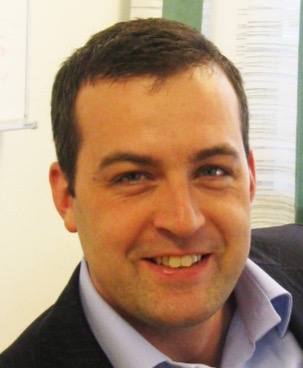
Commuting patterns highlight differences in labor regulations.
Connecting Copenhagen, the capital of D]enmark, and Malmö, the third largest city in Sweden, the Øresund region is the largest economic area in Scandinavia. Both Denmark and Sweden are performing fairly well relative to the crisis-stricken countries in the Eurozone, and the Øresund region follows this trend. Despite its comparative economic success, however, this region provides one of the best examples of how regulations can distort the single market of Europe.
That Europe remains, by most estimates, far more regulated than the U.S. may not be a surprise. The Ease of Doing Business Index from the World Bank, for instance, reveals that the regulatory costs of doing business in the U.S. are much lower than the costs in Europe. As Eurozone integration continues and countries work to remove barriers to trade, underlying institutional and regulatory differences are becoming more prominent sources for market distortions.
Across the Øresund region, the culture, norms, and values between Copenhagen and Malmo are very similar, which may be unsurprising since only a narrow strait separates the two cities. The bridge connecting the two cities is just over 9 miles, which has meant a commute of about a half-hour between city centers since the bridge opened in 2000.
One of the main objectives for the bridge was to integrate the labor markets and create a larger, “functional” economic region. The bridge has been a great success, with approximately 20,000 vehicles and 30,000 train commuters crossing it every day. According to forecasts, these numbers are likely to continue growing over the coming decade.
The bridge has led to a rapid increase in cross-border transactions, which has meant a dramatic decrease in previous transaction or transportation costs. As a result of this economic integration, underlying institutional differences are becoming apparent.
Denmark has one of the most flexible labor markets in the world whereas Sweden has one of the most rigid. The cost of hiring and firing workers is very low in Denmark. By contrast, employers face difficulty when they attempt to dismiss employees on “individual grounds” in Sweden. At the same time, Swedish legislators have liberalized the use of temporary work contracts, which has disadvantaged more vulnerable groups like young workers.
Given these differences in labor market regulations, is it just a coincidence that youth unemployment in Sweden is above the EU average whereas youth unemployment in Denmark is below the average?
According to the 2012 OECD unemployment statistics, youth unemployment (workers aged 15 to 24) is 14.2 percent in Denmark and 22.9 percent in Sweden; youth employment is 60 percent higher in Sweden than Denmark. The accompanying graph illustrates the different levels of unemployment for youth workers and middle-age workers in Denmark and Sweden.
The commuting direction across the Øresund bridge between Copenhagen and Malomo reveals a startling asymmetry. Of the roughly 20,000 daily vehicle commuters, about 19,400 commuters travelled from Malmo to Copenhagen for work in 2007. The vast majority of the ninety-seven percent of bridge users who commute from Sweden to Denmark are unskilled youth labor. The group of commuters aged 16 to 24 is four times as large as the group of commuters aged 45 to 64.
The Øresund commuting asymmetry is a microcosm of the labor market distortions that European policy makers do not yet appear to recognize. So far these differences have not resulted in any convergence in labor market policy. Effective labor regulation may need to appreciate and work to reduce these cross-border labor market differences to effect a truly single European market.





